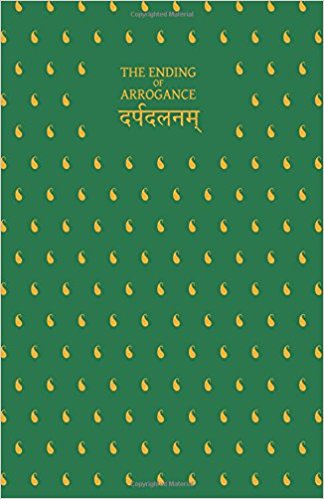Ksemendra was a classical Sanskrit poet who flourished in the reign of Ananta ( 1028–63 CE) and his son Kalasa. He belonged to Kashmir, home to such great poets like Anandavardhana and Abhinavagupta. Ksemendra is the author of many works such as Ramayanamanjari, Brhatkathamanjari (abridgement of the classics), Aucitya Vicaracarca on poetics and Darpadalana, a didactic work.
A.N.D. Haksar is a well-known translator of Sanskrit works. A diplomat by career, ten of his translations have been published as Penguin Classics. After Ksemendra’s Three Satires from Ancient Kashmir and the Courtesan’s Keeper, Haksar has taken up Darpadalana—the Ending of Arrogance, for translation.
The text of Darpadalana was first published in 1890, translated into German in 1915. Haksar is perhaps the first to render a complete and total English translation of Darpadalana.

